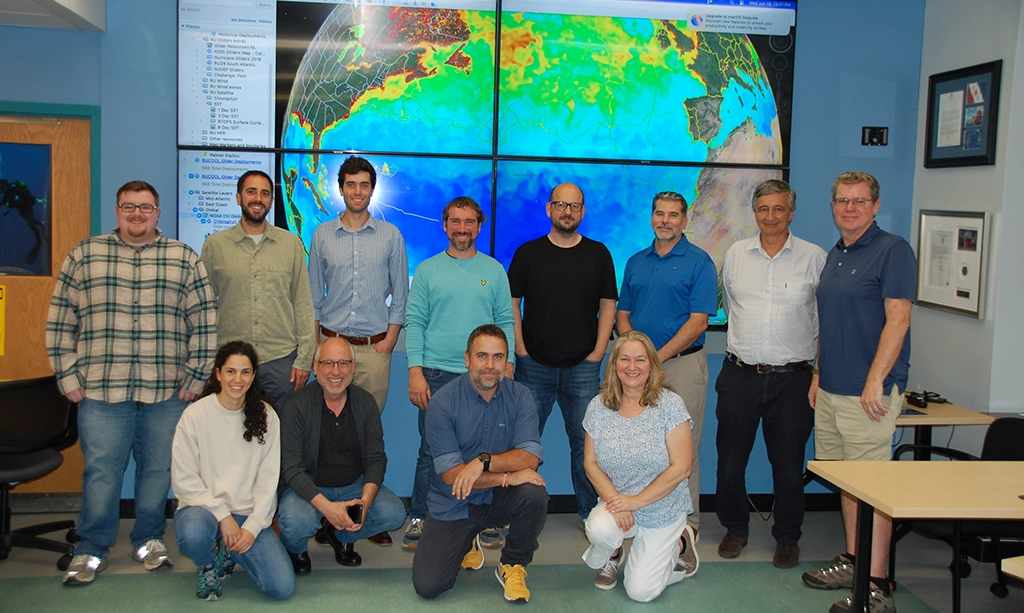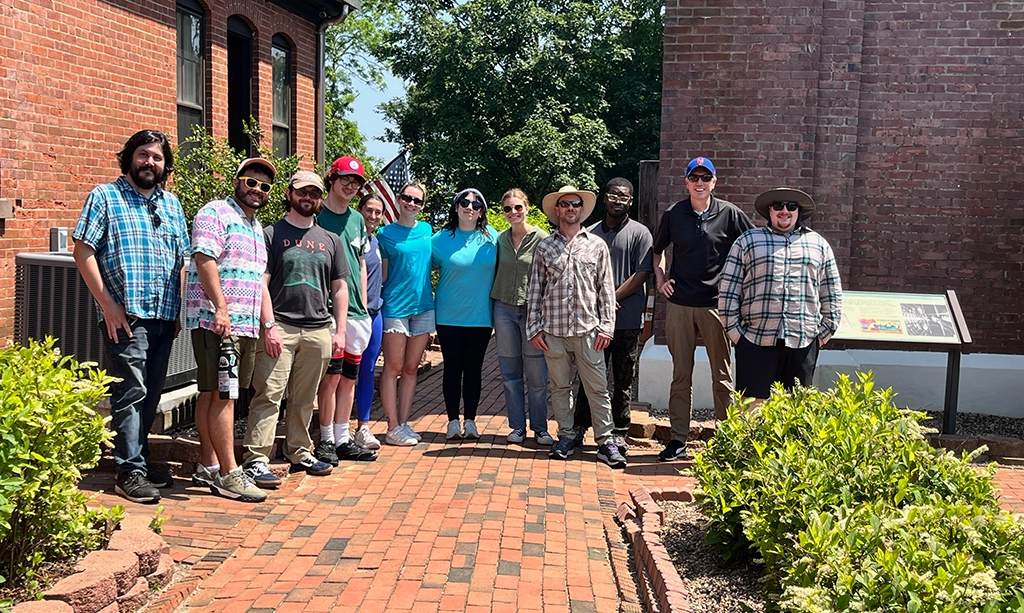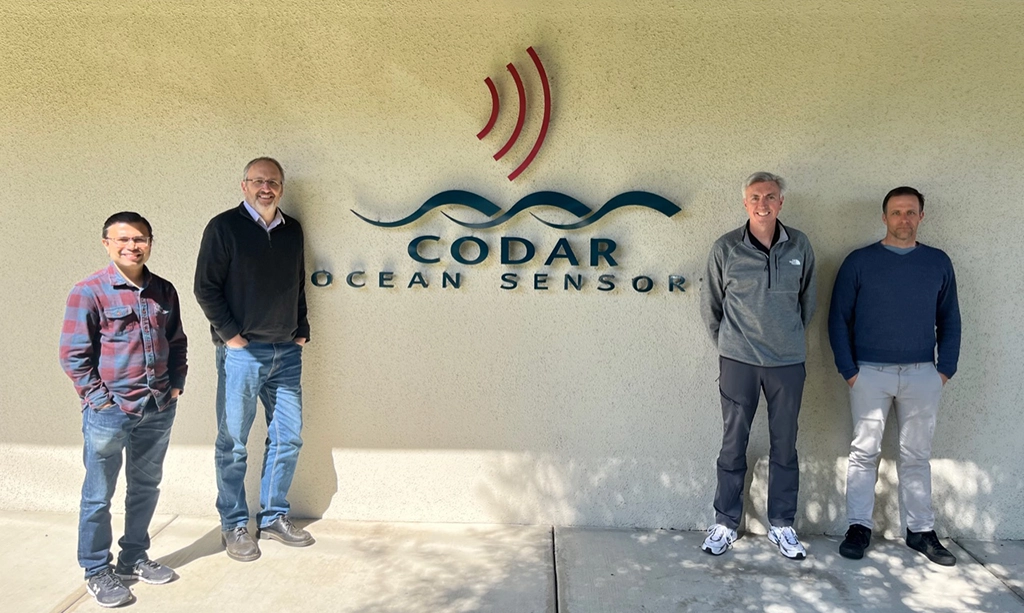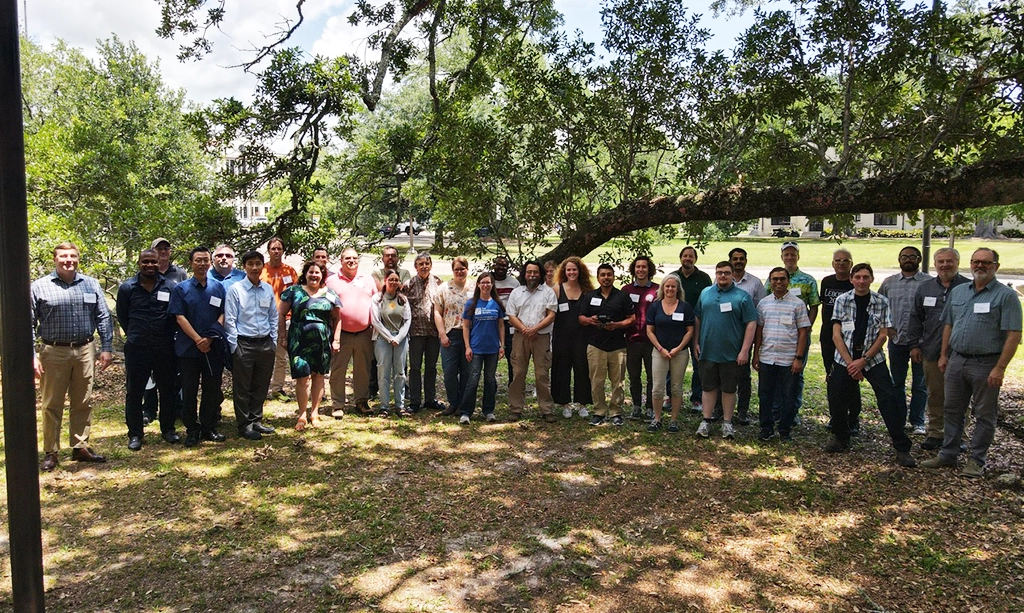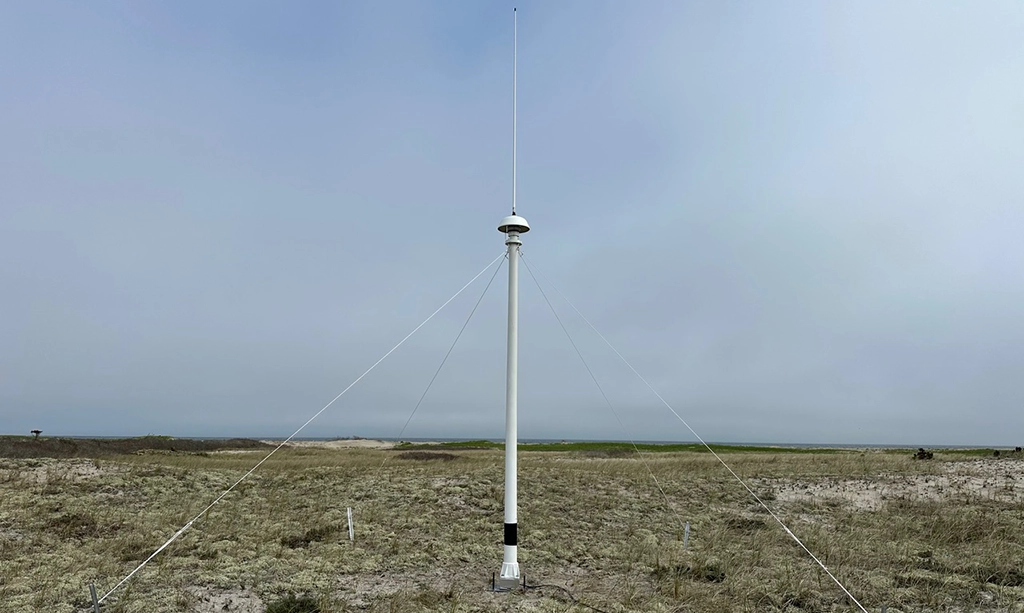Rutgers Hosts Delegation from Catalonia and California to Strengthen Ocean Observing Partnerships
June 19, 2025 Rutgers University’s Center for Ocean Observing Leadership recently welcomed a distinguished delegation from Catalonia, Spain, and industry partners from California for two days of collaboration focused on…

